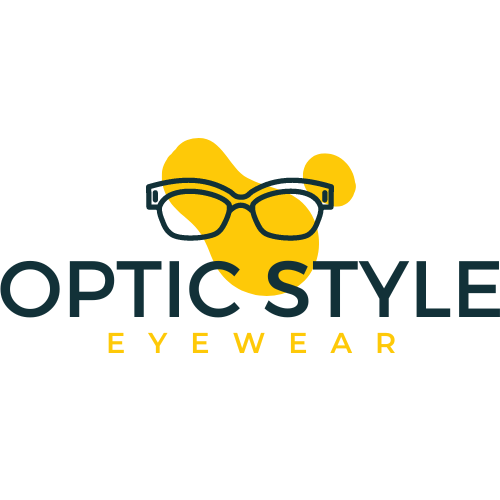Eyewear has emerged as a quintessential fashion accessory in the realm of pop culture. From sunglasses to eyeglasses, the impact of these optical aids goes far beyond correcting vision impairments. In the interconnected world of music, movies, and fashion, eyewear has become a powerful symbol of style and identity, influencing trends and cultivating fan followings.
One of the earliest instances of eyewear influencing pop culture was in the mid-20th century with the rise of iconic sunglasses. Figures like Audrey Hepburn and Marilyn Monroe made a bold statement by flaunting their sunglasses in movies and public appearances. Hepburn’s classic oversized shades in “Breakfast at Tiffany’s” and Monroe’s glamorous cat-eye sunglasses redefined the fashion landscape. These stylish eyewear choices not only elevated their on-screen personas but also inspired countless fashion enthusiasts to adopt the trend, solidifying the sunglasses’ position as a symbol of chic sophistication.
Fast forward to the 1980s and 1990s, and eyewear’s significance in pop culture amplified further. The era saw the birth of hip-hop and rap music, where artists like Run DMC popularized an entirely new genre of eyewear – the retro-inspired, thick-framed, square-shaped sunglasses. These bold eyepieces became synonymous with hip-hop culture, and fans rushed to emulate their favorite rappers by donning these distinctive shades. The oversized sunglasses trend transcended its functional purpose, transforming into a style statement that remains iconic to this day.
Eyeglasses also played a notable role in shaping pop culture, beyond their primary function of correcting vision. Take, for instance, the Round Harry Potter frames worn by the bespectacled wizard himself, Harry Potter. J.K. Rowling’s book series became a global phenomenon, and the movie adaptations only intensified the obsession with Potter’s iconic eyeglasses. Suddenly, round frames became a must-have accessory for fans, marking not only their love for the character but also connecting them to a wider community of Potter enthusiasts.
In recent years, eyewear’s pop culture impact has extended into the realm of social media. The rise of influencers and the selfie culture has placed immense importance on personal branding and aesthetics. Eyewear has become a key tool in creating a signature look that resonates with followers. Influential figures like Gigi Hadid and Kendall Jenner regularly incorporate fashionable eyewear into their social media presence, effortlessly shaping fashion trends globally. Moreover, eyeglasses with blue-light filters have gained popularity due to the increasing screen time associated with the digital age. These glasses, hailed for their ability to minimize eye strain and improve sleep, have become essential accessories for many, symbolizing a dedication to wellness and self-care.
Perhaps one of the most significant recent examples of eyewear’s impact in pop culture is the quirky, circular frames sported by New Zealand director Taika Waititi. His distinct eyewear choice, showcased at the 2020 Academy Awards, prompted countless memes and online admiration. The surge of interest in these frames caused a spike in demand, leading to increased sales for eyewear brands featuring similar styles. This viral moment exemplifies the power of pop culture in shaping fashion trends and influencing consumer behavior.
Eyewear’s evolution from a functional necessity to a pop culture phenomenon highlights its ability to be a powerful tool for self-expression. Whether in movies, music, social media, or everyday life, eyewear has become an essential aspect of personal style. Through the years, its impact on pop culture has continuously reinvented fashion trends and connected individuals to their idols and communities. With its ability to transform a look and create a unique identity, it’s safe to say that eyewear will continue to play a profound role in shaping pop culture for years to come.
